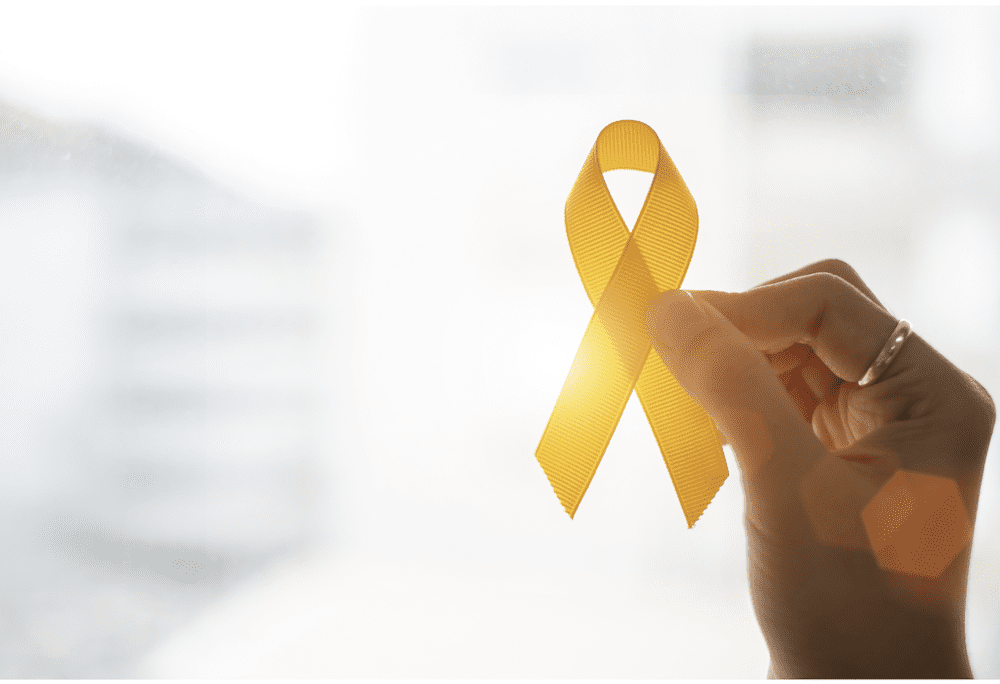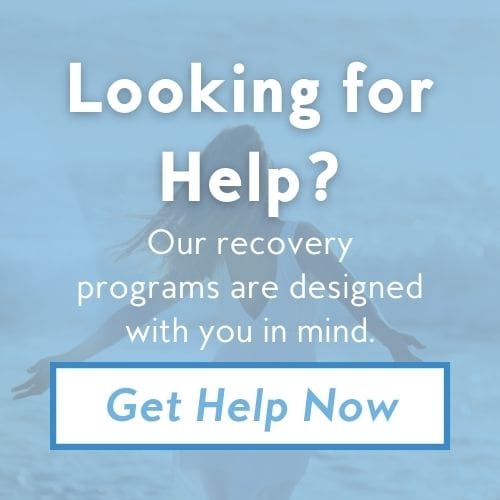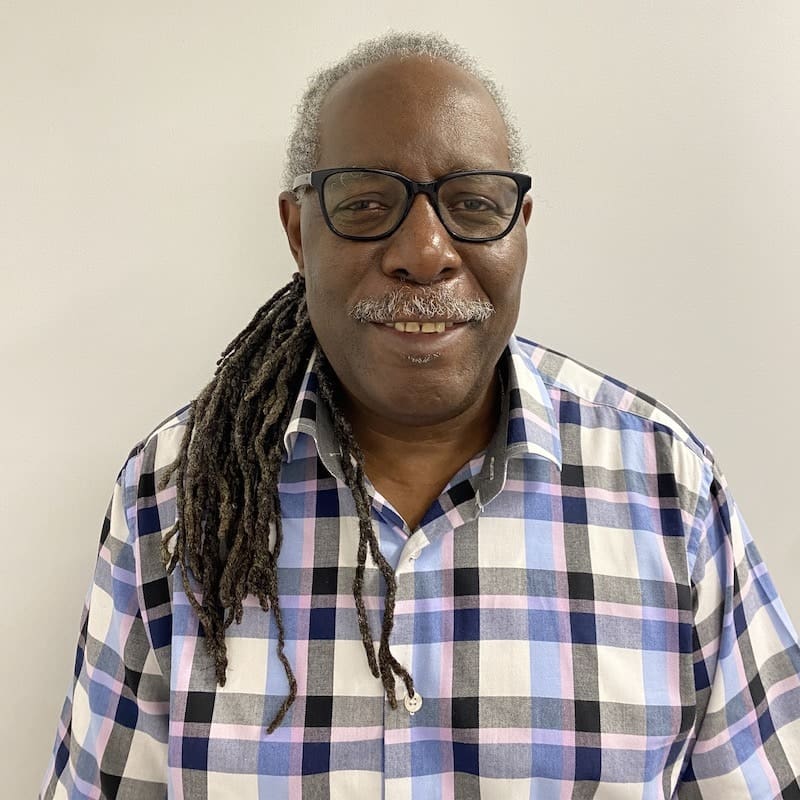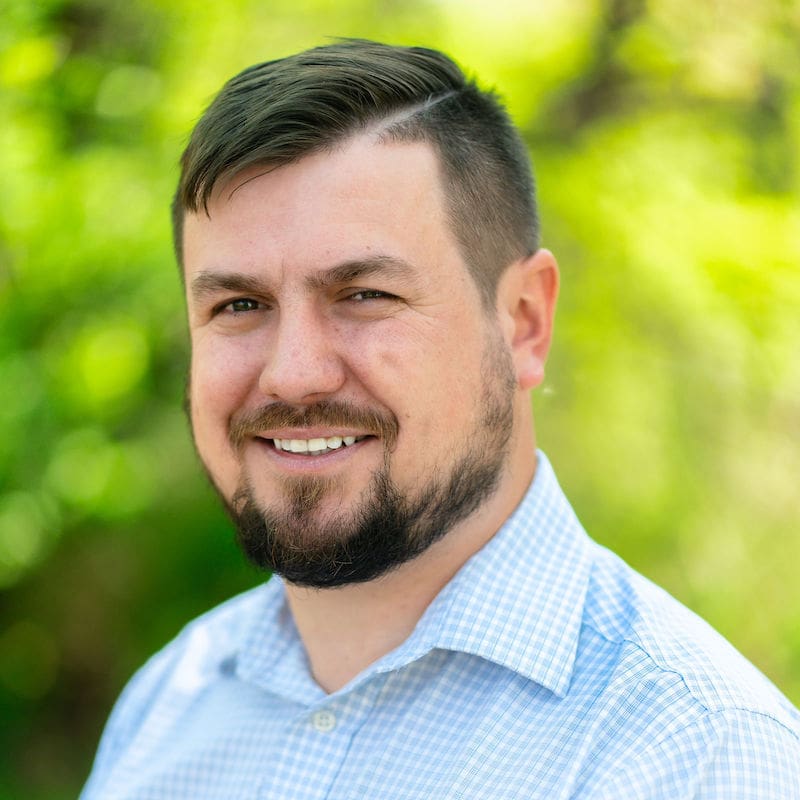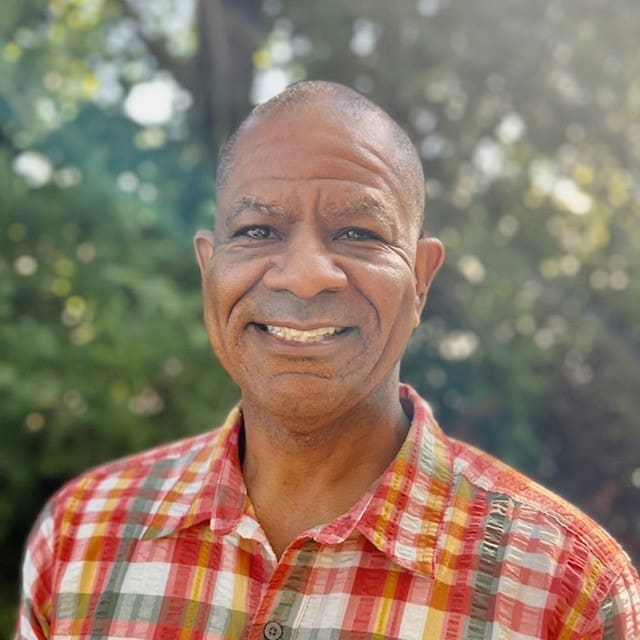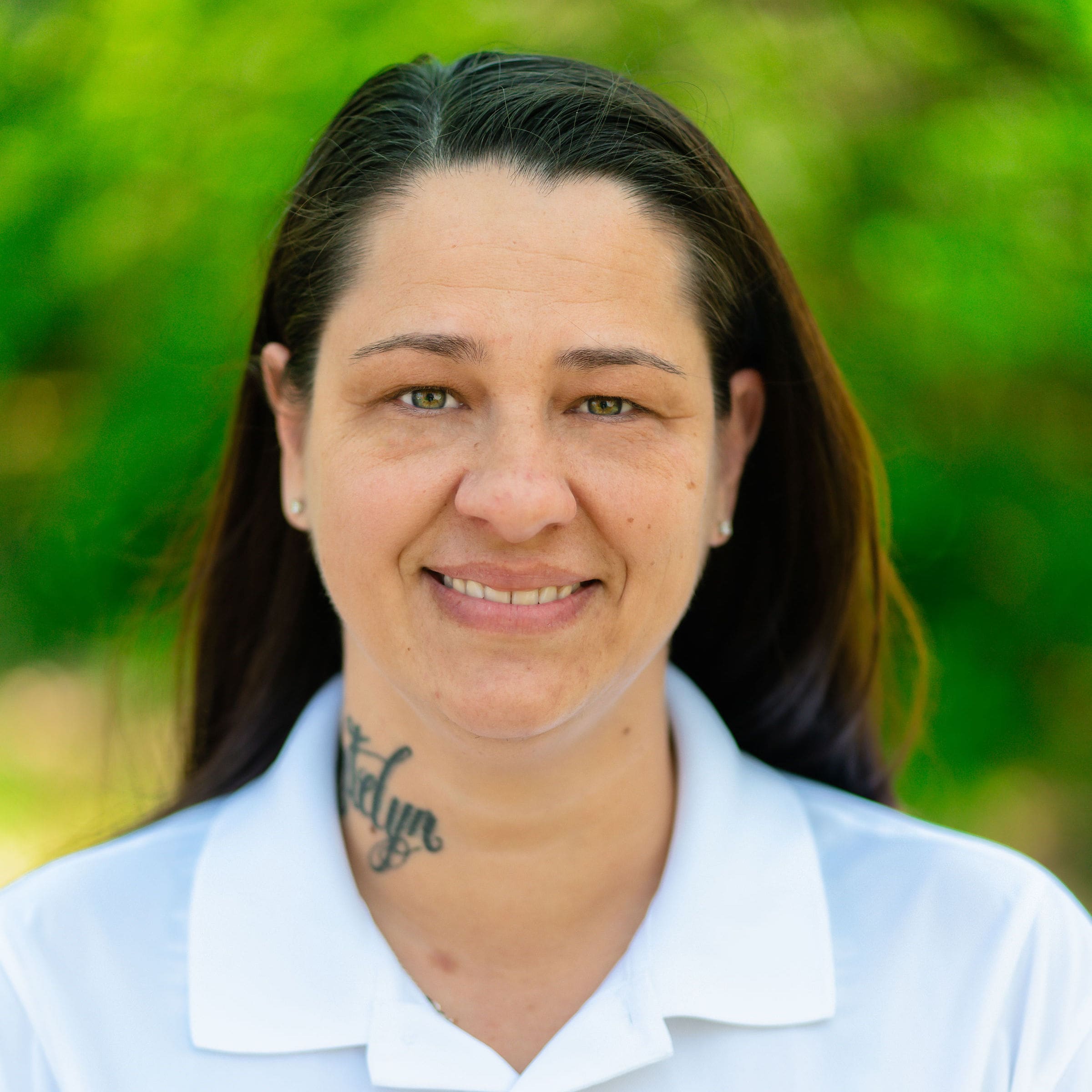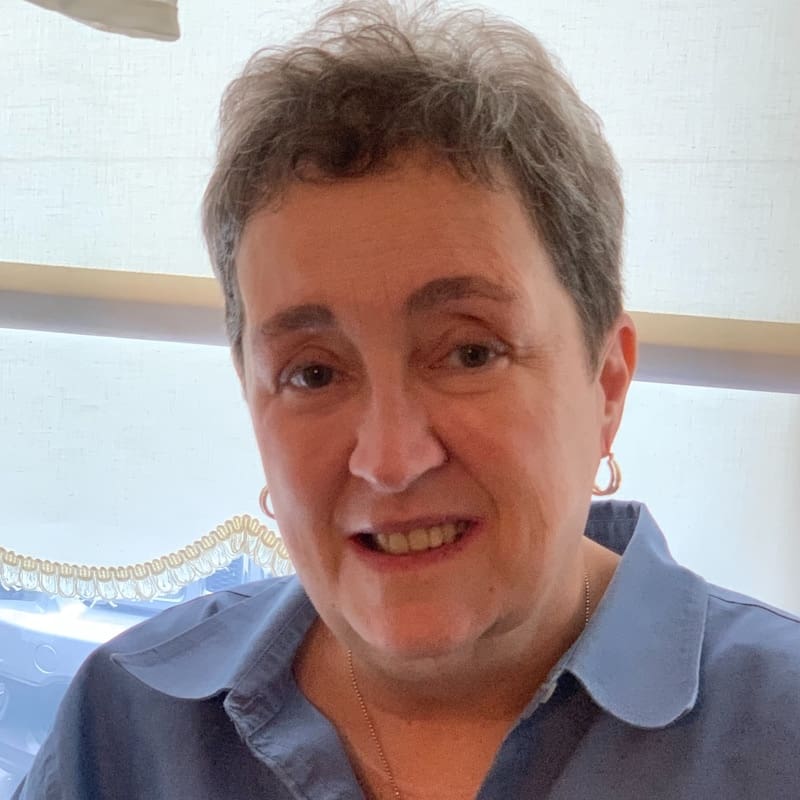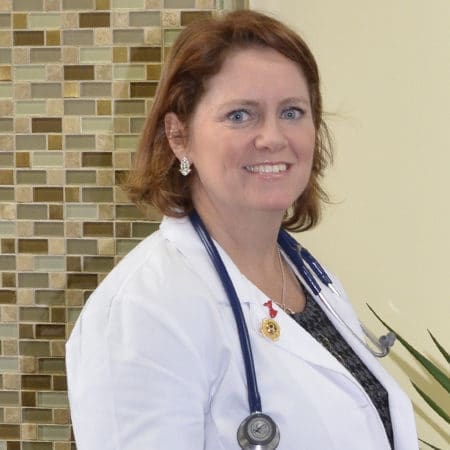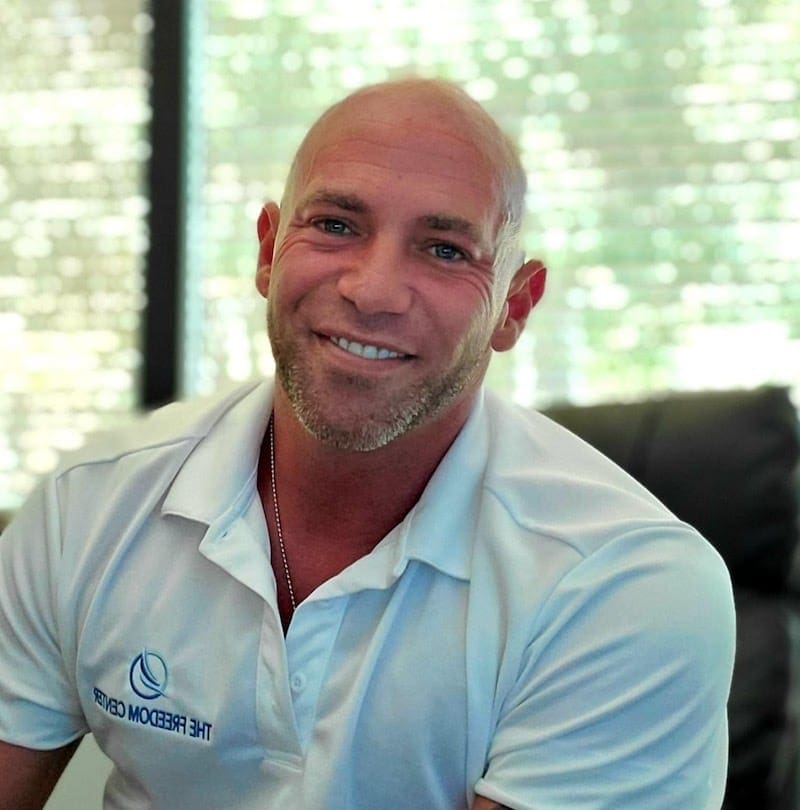Although suicide is an unpleasant and uncomfortable subject, it should be discussed honestly and openly. To help start the conversation, September is recognized as National Suicide Awareness Month. Suicide is a complex and uncomfortable matter to discuss but silence can be deadly.
Still, for people who have a suicidal family member or friend, resources to help them navigate that subject matter are also necessary. It’s also important to remember that suicide’s reach goes beyond the person who is having suicidal thoughts and actions.
Warning Signs
Because September is suicide prevention month, it’s important to be aware of some warning signs. A very important first step in suicide prevention is knowing the warning signs and taking them seriously along with knowing how to respond to them. Some warning signs are when the individual:
- talks about suicide.
- looks for access to pills, guns, knives, etc.
- has a preoccupation with death.
- has abrupt mood swings in Gaithersburg, Maryland, or changes in personality.
- expresses feelings of hopelessness.
- shows signs of self-loathing.
- begins to neglect their appearance.
- changes their eating and sleeping patterns.
- says goodbye to family and friends.
- withdraws from contact.
- displays self-destructive behavior.
Suicide Risk and Protective Factors
Suicide is rarely caused by a single situation or event. There are many factors that contribute to suicide risk. These risk factors are problems or circumstances that can increase the possibility that a person will attempt suicide. Factors that increase risk include:
Individual Risk Factors
These are the personal factors that can add to risk:
- A previous attempt at suicide
- History of depression or other mental illnesses
- Serious illness such as cancer or chronic pain
- Legal/criminal problems
- Financial problems or job loss
- Aggressive or impulsive disposition
- Substance use in Gaithersburg, Maryland
- Current or previous history of detrimental childhood experiences
- Feeling of hopelessness
- Committing violence or being a victim of violence
Individual Protective Factors
These personal factors protect against suicide risk.
- Effective skills for coping and problem-solving
- Reasons for staying alive (family, friends, pets, etc.)
- Strong appreciation of cultural identity
Relationship Risk Factors
These adverse or upsetting experiences in relationships also contribute to risk:
- Bullying
- History of suicide in family
- Loss of relationships
- Violent or high-conflict relationships
- Social withdrawal
Relationship Protective Factors
Healthy relationship experiences protect against suicide risk.
- Support from friends, family, or partners
- A feeling of connection to other people
Community Risk Factors
These issues inside a person’s community contribute to risk:
- Little access to healthcare
- Cluster of suicides in the community
- Stress from adjusting to the culture (culture shock)
- Community violence
- Community bias and intolerance
- Historical trauma
Community Protective Factors
Supportive community experiences like these can protect against suicide risk.
- A sense of connection to the community, school, and other social institutions
- Accessibility of dependable high-quality behavioral and physical healthcare
Societal Risk Factors
These are cultural and environmental factors inside society in general that contribute to suicide risk:
- Stigma surrounding seeking help and mental illness in Gaithersburg, Maryland
- People at risk of suicide have easy access to lethal means
- Unsafe portrayals of suicide in the media
Societal Protective Factors
Environmental and cultural factors in society can protect against suicide.
- Decreased access to fatal methods of suicide among people at risk
- Religious, moral, or cultural objections to suicide
5 Suicide Prevention Tips
If You’re Worried About Someone, You Should Speak Up and Start the Conversation
When you give a suicidal person the chance to share their feelings, it can provide the relief they need. You might start by saying, “You don’t seem to be yourself lately. I just wanted to make sure you’re OK.” Remind them that they’re not alone and that the way they feel right now will change. Make it clear that you care about them.
Respond Quickly if They Are Talking About Suicide.
It’s vital to determine if they’re in imminent danger. There are questions you can ask to help you evaluate the immediate suicide risk:
- Did you make a suicide plan?
- Do you have what you need to complete your plan?
- Have you decided when to do it?
- Do you intend to end your own life?
This is how to determine their level of risk:
Low Level
- Some thoughts of suicide
- No plan formed
- Says they won’t attempt suicide
Moderate Level
- Suicidal thoughts
- Indefinite plan
- Says they won’t attempt suicide
High Level
- Suicidal thoughts
- Definite plan
- Says they won’t attempt suicide
Severe Level
- Suicidal thoughts
- Definite plan
- Say they will attempt suicide
Pay attention and take them seriously, even if you don’t think they are in immediate danger.
Provide Them With Help and Support
Although trying to help a person who is suicidal is emotionally challenging, try not to personally assume the responsibility for making the person better. You can provide support, but only the individual can make the decision to get help and engage in treatment.
Some things you can do to offer support include:
- Help them find professional help and encourage them to go to treatment.
- Be proactive regarding them reaching out for help. Don’t wait for them to contact someone or ask for help. Keep calling, visiting, and invite the person out to dinner or just go for a walk.
- Promote lifestyle changes that will affect them positively. These can be things like getting enough sleep, a healthy diet, and going outside. Help them create long-term plans and goals to help maintain positive changes.
- Make a safety plan. Help the person develop a plan so they can identify triggers and follow steps that seem to be the most helpful. Be sure to include the contact numbers for the following:
- the person’s therapist (if there is one),
- crisis center hotline,
- suicide prevention lifeline, and
- any other contacts who might be able to help during an emergency.
- Continue long-term support for the individual. Stop by periodically to visit, call to check in with them, and remind them that there is always hope.
Get Some Training in Suicide Prevention
The American Foundation for Suicide Prevention has several training resources. In addition, Suicide Awareness Voices of Education (SAVE) provides tools to community leaders to help prevent suicide. The Suicide Prevention Resource Center (https://sprc.org/training/) also provides in-person training online courses, webinars, and other virtual learning. Online courses are free and open to everyone.
Get Involved and Stay Involved
While the focus is on raising awareness to prevent suicide, it’s easier for people to join in to support others in their communities. However, that support is necessary year-round whether or not you’re directly helping someone in need.
Here are some ways to stay involved beyond September:
- Share what you’ve learned about suicide and suicide prevention on social media to help reduce the stigma attached to it.
- Keep the discussion going with friends and family about the need for support and increased awareness.
- You could volunteer at a local crisis shelter.
- Donate to agencies that work to provide support and services for people in need.
When Did National Suicide Prevention Month Start?
In 2008, September was first declared as National Suicide Prevention Awareness Month.
Ever since September has been the time to recognize and support people who have been affected by suicide. It is a time to raise awareness and link individuals with suicidal thoughts to treatment services.
Suicide in the U.S.–2021
The CDC has reported that in 2021 more than 48,000 people died by suicide, leaving family members and friends to handle the tragedy of their loss. Among adults in the U.S., suicide is the 11th leading cause of death. It is the second leading cause of death among people aged 10-24 and sadly, the rates are increasing. There were also an estimated 1.70 million attempts at suicide.
Additional facts from the CDC:
- The age-adjusted rate in 2021 was 14.04 per 100,000 people
- The suicide rate is highest among middle-aged white men, accounting for 69,68% of the suicide deaths for the year
- Men died by suicide 3.90 times more than women
- Guns accounted for 54.64% of all suicide deaths
- 94% of adults believe that suicide can be prevented
How You Can Observe Suicide Prevention Awareness Month
- Learn the warning signs of suicide which were mentioned above.
- Learn the correct vocabulary.
- Learn the facts about suicide.
- Learn effective ways to reduce suicide.
To help you have difficult, life-saving conversations, you need to understand the words to use:
- Suicide: when a person harms themself with the intention of ending their life and they die as a result.
- Suicide attempt: a self-directed, non-fatal, injurious behavior with the intent to die as a result. An attempt may not result in an injury. But avoid saying “failed suicide” or “successful suicide.” These terms maintain negative stigmas.
- Suicidal ideation: refers to considering, thinking about, or planning suicide.
- Use the phrase “died by suicide” rather than “committed suicide” when you talk about someone who lost their life.
Become an advocate for the following:
- Stricter gun laws
- Funding for suicide prevention research
- Accessible healthcare
- Mobile crisis services (alternative to law enforcement)
The Freedom Center is Dedicated to Saving Lives Through Suicide Prevention
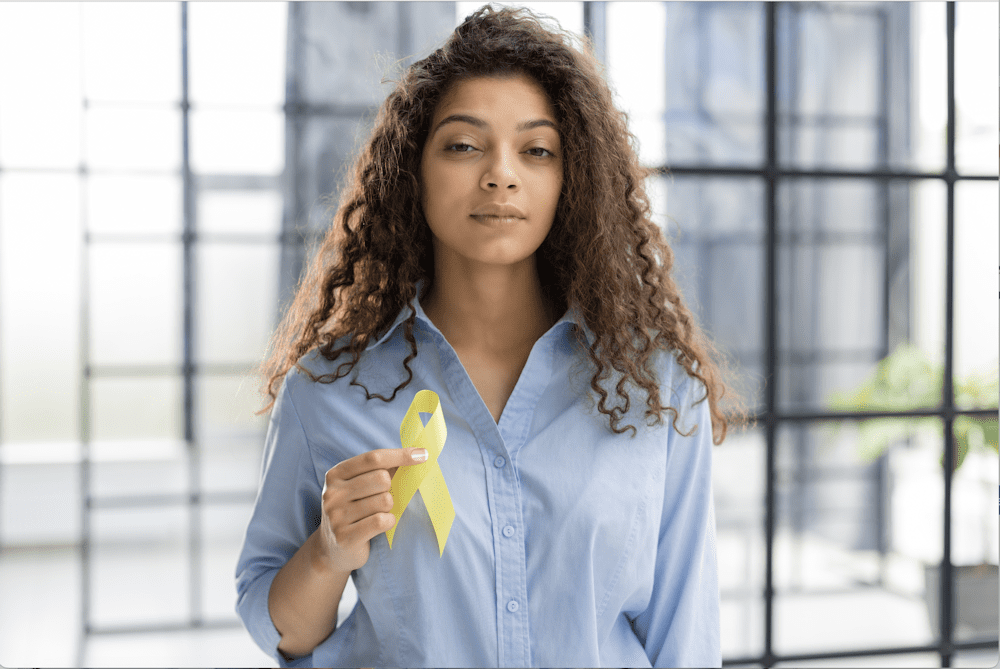
September is suicide prevention month, so learn what you can and be aware of people who might be suffering from loss or the suicide warning signs. The Freedom Center in Gaithersburg, Maryland saves lives through the effective treatment of substance abuse and mental health disorders. Unfortunately, these two individual risk factors go hand in hand.
About 50% of people with a substance use disorder also have at least one serious mental illness. This occurrence is known as a dual diagnosis program in Gaithersburg, Maryland.
At The Freedom Center, we provide four levels of treatment programs and a special dual diagnosis program to address the problem. Contact us today. No matter what issue you’re struggling with, we have experienced addiction and mental health professionals, dedicated to helping you or a loved one recover and go on to live a healthy life.

